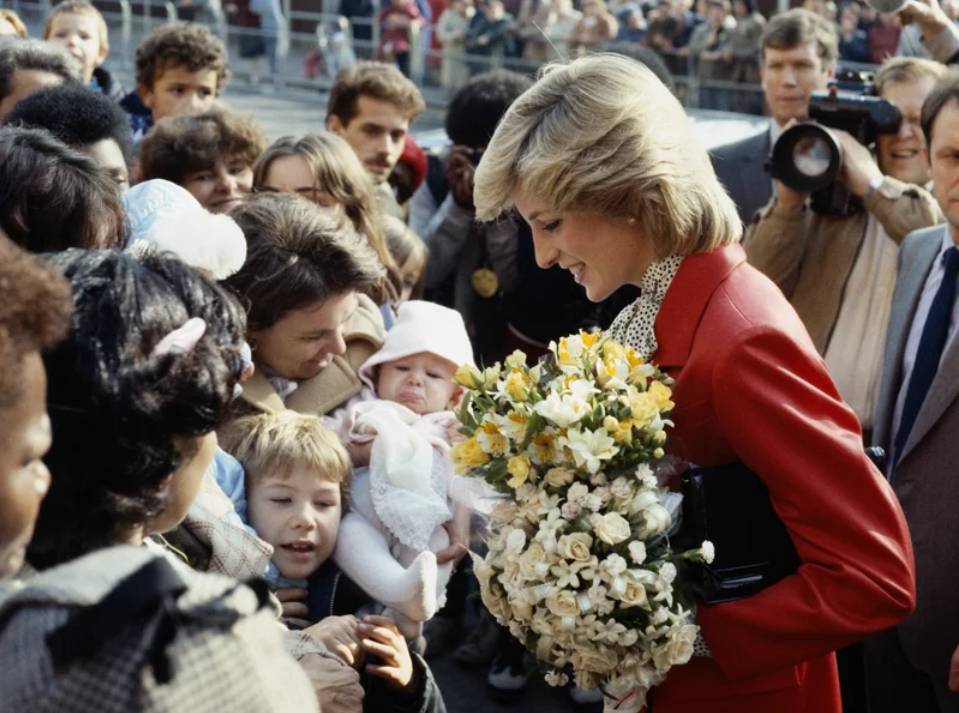It has been precisely 25 years since Diana, Princess of Wales, passed away. But her charitable work and campaigning (not to mention the cycling shorts) continue today.
On August 31, 1997, Diana, 36, passed away from injuries she incurred in a vehicle accident in Paris, which also claimed the lives of her friend Dodi Fayed and the driver, Henri Paul. Her sons also blame the BBC for the role its bombshell 1995 interview — obtained through a scheme of forgery and deceit — played in her death. About ten years later, a jury determined that her death was the result of reckless driving on the part of both her chauffeur and the paparazzi who were pursuing them.
The so-called “people’s princess” wasn’t just beloved by the public. She also entirely changed how people view celebrity, according to British journalist Bidisha Mamata.
“In the 21st century we completely take it for granted that famous people will also be a U.N. special envoy or that they’ll use their privilege to do good,” she explains. “Princess Diana invented the idea of the famous person who does good, and she was extremely radical.”
Diana was once associated with more than 100 charities and utilized her prominence to promote a variety of charitable causes and issues.
She traveled through minefields in Bosnia and Angola to promote the removal of landmines, visited leprosy patients in Nepal, India, and Zimbabwe, and opened Britain’s first AIDS ward in London, where she famously shook hands without gloves with a patient, debunking the myth that HIV/AIDS could be spread through casual contact.
Diana additionally gained notoriety when she hugged a little patient at a pediatric AIDS unit in Harlem, New York, while on a visit.
“She was an activist at a time when there was so much stigmatization around AIDS and HIV,” Mamata said. “And she’s the one who went into AIDS wards and said, ‘No, I’m going to talk to people like they’re normal human beings. I’m going to shake hands, we’re going to communicate and I’m going to raise consciousness.'”
In a Morning Edition interview right after Diana’s death, the late British historian Ben Pimlott predicted Diana would be remembered for her public service and for breathing fresh air into the monarchy.
He described her as “a very funny, witty, sharp, human person with a great rapport and a great compassion.”
Even decades after her passing, the public is still fascinated with Diana’s life, especially her tumultuous marriage to Prince Charles and the way the royal family treated her.
Her narrative has recently been adapted for both the big screen and streaming services; Emma Corrin portrays her in Netflix’s The Crown, while Kristen Stewart portrays her in the movie Spencer. At Kensington Palace, a statue honoring Diana was unveiled by Princes William and Harry on the anniversary of her 60th birthday in July of last year. And only last weekend, a Ford Escort driven by Diana in the 1980s brought more than $850,000 at auction.
On Wednesday, the day of the anniversary, mourners gathered in Paris to pay their respects on the bridge above the underpass where Diana was killed by placing flowers, writing inscriptions, and leaving other mementos. Others embellished a temporary monument in front of Kensington Palace’s gates. Additionally, the flag was flown at half-staff at Althorp House, the Spencer estate where Diana was raised.




